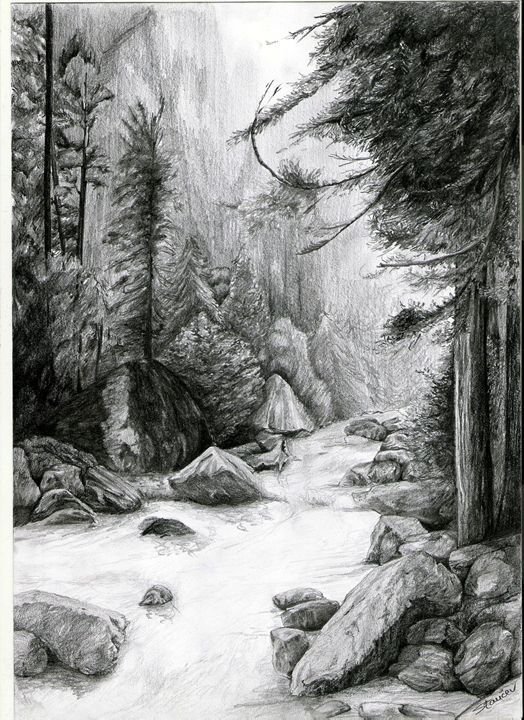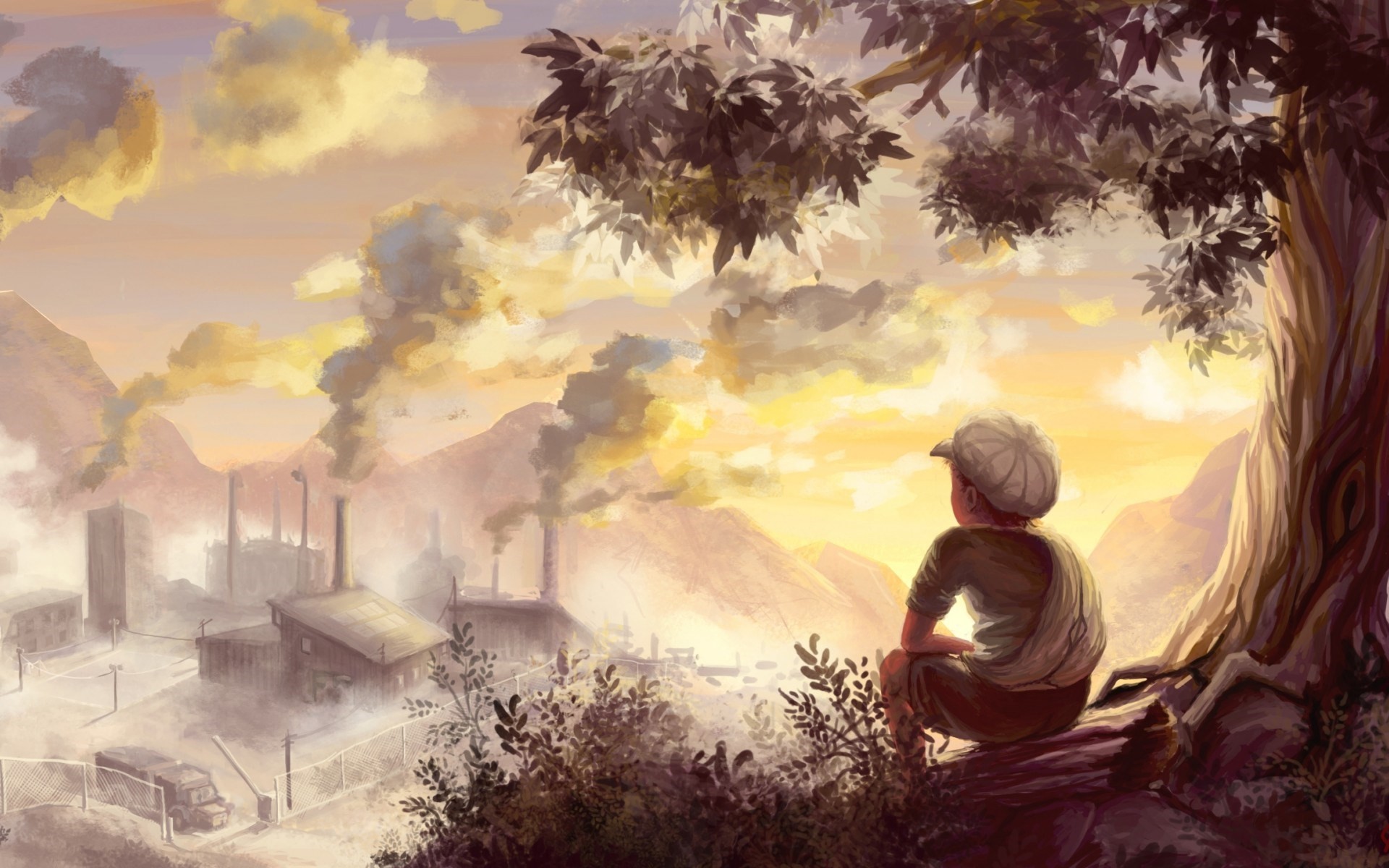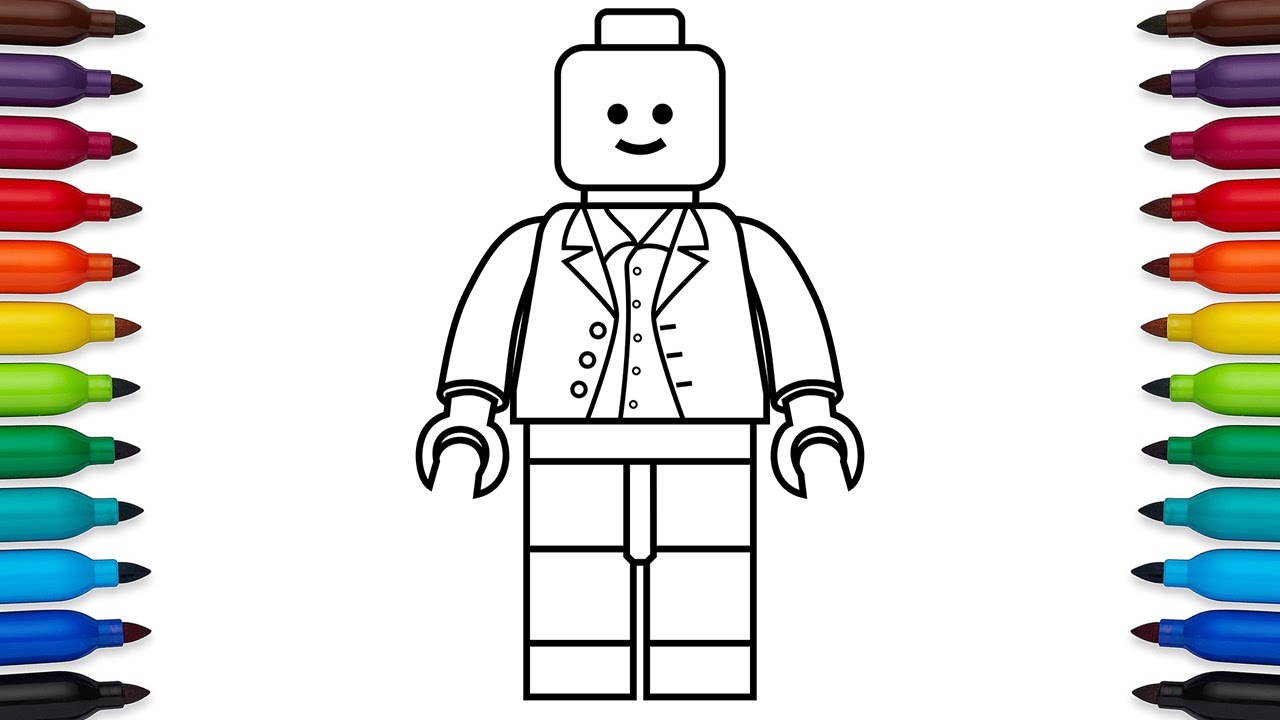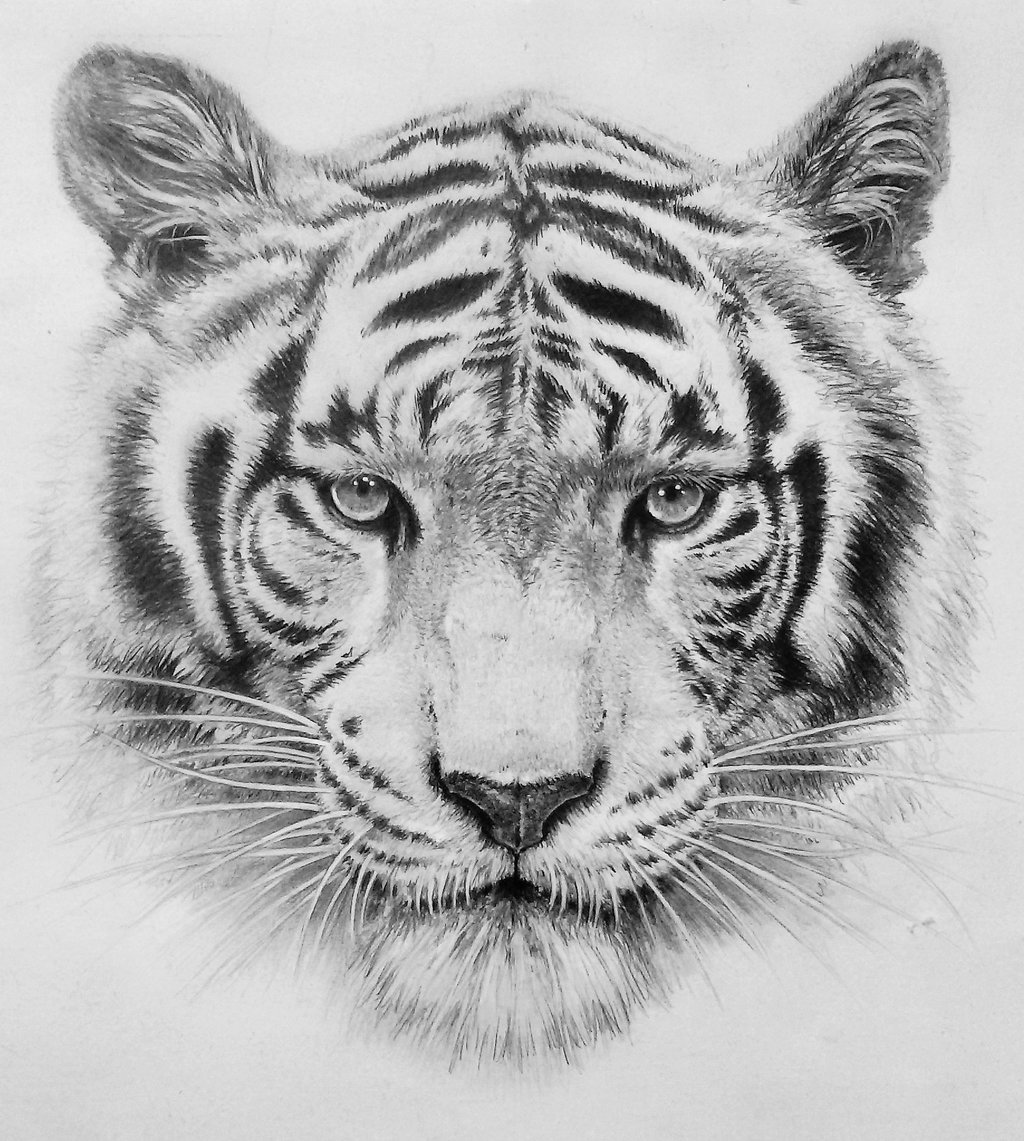How to draw a river step by step landscapes landmarks places free
Table of Contents
Table of Contents
Are you looking to improve your artistic skills? Drawing a river can be a challenging feat, but with the right guidance, it can also be an incredibly rewarding experience. In this article, we will delve into the best techniques on how to draw a river and provide you with valuable tips to help you create a beautiful landscape drawing.
The Pain Points of Drawing Rivers
When it comes to drawing a river, there are several pain points that artists tend to struggle with. One of the main challenges is capturing the water’s movement and flow, as well as the impression of depth and distance. Additionally, understanding the subtleties of light and shadow, as well as the reflections on the water’s surface, can be difficult to master.
The Target of How to Draw a River
To tackle the challenges of drawing a river, it is essential to have a clear idea of what you want to achieve. Before you start, consider your objective: do you want to capture the river’s movement, or do you want to convey the tranquility of a calm stream? Once you have a clear goal in mind, you can focus on creating the necessary tones, shadows, and shapes to achieve it.
Main Points to Keep in Mind
When drawing a river, there are several key points to keep in mind. Firstly, consider the source of the river and how it flows into the surrounding landscape. This will determine the shape and size of your drawing. Secondly, capture the river’s movement by adding ripples and waves, and use shading to create depth and texture. Finally, use the reflections and distortions on the water’s surface to create an impression of motion and light.
Personal Experience on How to Draw a River
I’ve always loved drawing landscapes, and rivers have always been one of my favorite subjects. One of the things I found most challenging is capturing the water’s movement and flow. It took me a while to understand how to shape the waves and ripples to create a realistic impression of motion. What helped me most was studying different drawings and paintings of rivers, noting how other artists had captured the water’s movement, and using their techniques as inspiration for my own work.
Creating Texture and Depth
One essential technique for creating texture and depth in your river drawing is to use shading. This can be achieved by drawing lines in the direction of the water’s flow, adding darker tones where the water is deeper or darker, and creating ripples and waves with overlapping lines. Another useful tool is to use cross-hatching to create an impression of movement or shadow.
Using Reference Images
To improve your river drawing skills, it can be helpful to use reference images. You can find many free images online, or if you have access to a river in person, take photos or make sketches to refer to later. Having a reference will help you understand the shape and proportions of the river, the different tones and shadows, and how the water moves and reflects light.
Highlighting Reflections and Light
One of the most striking features of a river is how it reflects light and the surrounding landscape. To capture this impression in your drawing, use a light touch to create the reflections on the water’s surface, adding more intense tones to show where the river is darker or deeper. Additionally, use light shading and highlights to create a sense of motion and realism in the waves and ripples.
Q&A: How to Draw a River
Q: How can I create a realistic impression of motion in my river drawing?
A: To create motion, use lines and shading to show the direction of the water’s flow. Draw lines in the same direction the water moves, using overlapping and darker tones where the water is deeper or faster. You can also use cross-hatches and highlights to create an impression of ripples and waves.
Q: What are the best tools to use for drawing a river?
A: You can use various tools for drawing a river, including pencils, charcoal, pastels, and paints. Choose the medium that you are most comfortable with and experiment with different styles and techniques to create the texture and movement you desire.
Q: How can I capture the different tones and shadows in my river drawing?
A: To create depth and texture, use a range of tones from light to dark, with darker tones where the water is deeper and shadowed. Use cross-hatching and overlapping lines to create a sense of motion and direction, and highlight the reflections on the water’s surface to add realism.
Q: Where can I find inspiration and guidance for drawing rivers?
A: There are many resources available online, including tutorials, videos, and reference images. Find artists that inspire you and use their techniques as a guide for your own work. You can also take inspiration from nature itself by visiting rivers and other bodies of water in person and making sketches and observations.
Conclusion of How to Draw a River
Drawing a river may seem like a daunting task, but with the right techniques and inspiration, it can be a truly rewarding experience. Remember to focus on your objective, use shading and reflection to create texture and depth, and refer to reference images and tutorials for inspiration and guidance. With these tools in hand, you’ll be creating stunning river drawings in no time!
Gallery
River Drawing Pictures

Photo Credit by: bing.com /
How To Draw A River - Really Easy Drawing Tutorial

Photo Credit by: bing.com / draw river drawing easy spiderman really tutorial guides other landscape
River Drawing At PaintingValley.com | Explore Collection Of River Drawing

Photo Credit by: bing.com / river drawing draw step easy drawings scenery paintingvalley
River Pen Drawing | River Drawing, Pen Drawing, Drawings

Photo Credit by: bing.com /
How To Draw A River, Step By Step, Landscapes, Landmarks & Places, FREE

Photo Credit by: bing.com / river draw drawing step






